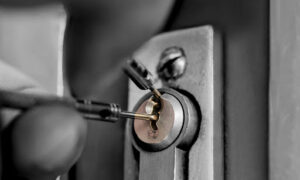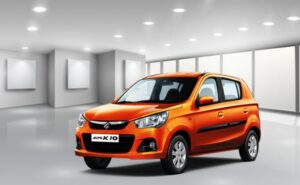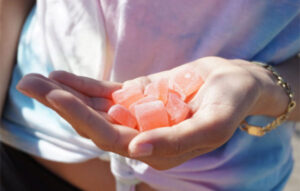Getting out into the water is always risky. Everyone knows the basics of water safety – from checking the weather before you set off to carrying your lifejacket with you at all times – but there is so much more you can do to make sure you’re always safe when you board into the boat. The water is a lot of fun, but we all know that when it comes to water, there are no jokes about safety. Prepare well for any situation.
Today, more and more sailors do not install a marine pump singapore on their boats because it has become a term that people have become more relaxed with. The problem is that even if you have a small sailboat, it will still collect water at some point, so you will still need a bilge pump.
The most likely reason people don’t install these pumps on their boats these days is because boaters think their boat is too small to need it. This thought process is simply wrong when it comes to bilge pump. Even if your boat is 16 to 26 feet long, it should have two pumps installed. Of course, the longer your boat is, the more pumps you will need.
Before leaving shore it is important that you have a working bilge water or seawater pump. If something goes wrong, you will be fully prepared to deal with the situation. Let’s take a look at some of these different aspects of a marine pump and what to look for when buying.

Your boat size
The most obvious thing to help you decide which bilge pump you need is the size of your boat. Usually a boat that is large enough for deep water sailing will come with a standard pump, but in case you are buying a used one or are simply unsure, it is advised to consult with the dealer about your size needs.
Length usually determines how many pump canisters and what size you need; Small boats such as kayaks may only need a small sea kayak water pump to keep everything afloat after capsizing.
Electric versus manual
Suitable for large vessels, electric marine pumps take all the stress and stress in a hazardous situation thanks to their absolute efficiency. If you are sailing a large ship, it is almost essential to have an electric bilge pump on board. Hand pumps are usually suitable for the seat back or, if you have a kayak or canoe, in the event of a single or double boat capsizing.
Efficiency
Talk to your dealer about the GPH or liters per minute the pump is running at and make sure it is sufficient for your boat. The requirements are different for each container and the efficiency of each pump depends on the brand and model chosen. Choosing the type of marine pump you are using is a critical aspect of your boat’s safety – it is not an easy decision.








